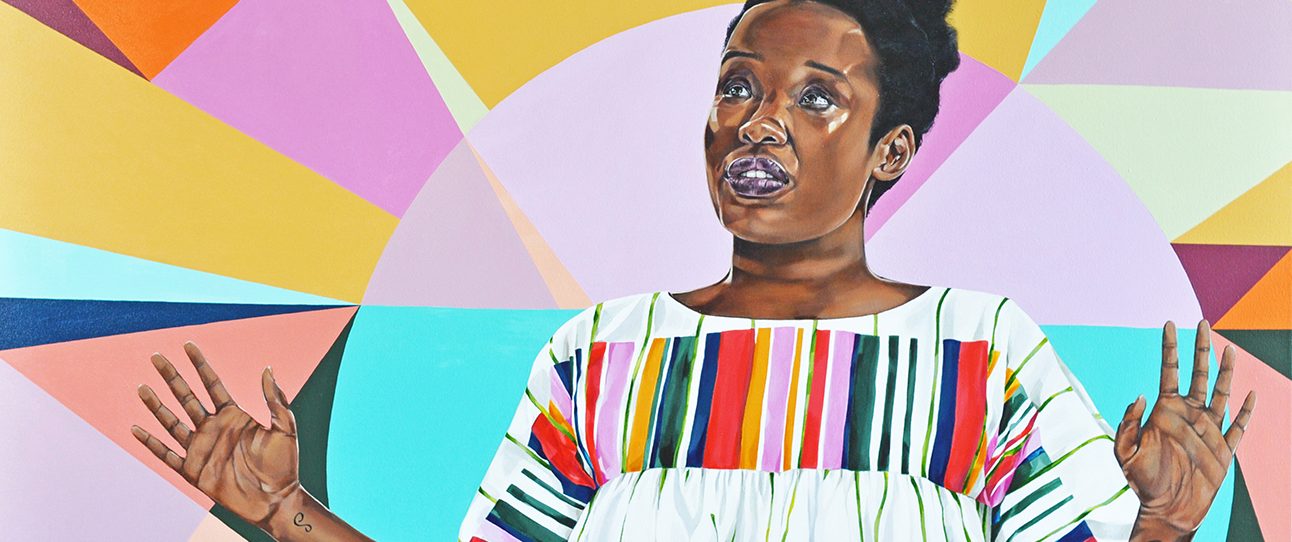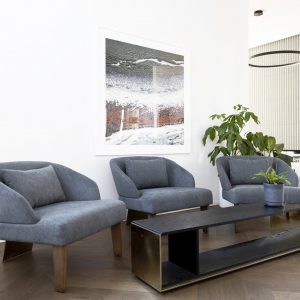Spotlight on Papulankutja Artists
With Bluethumb Art Galleries now up and running, we’ve seen some fantastic Australian galleries join up to Bluethumb, including a growing community of remote Indigenous art centres.
The first Indigenous art centre to join up was Papulankutja Artists (pronounced ‘Pap-oo-lang-koot-a’). Papulankutja is situated in the Ngaanyatjarra Lands of Western Australia, about 70km west of the tristate border, and the work produced there is absolutely stunning. There’s nothing we enjoy more than gaining a little insight into our artists’ day-to-day lives, so the other day we sat down with arts consultant and interim manager at Papulankutja, Tim Pearn.
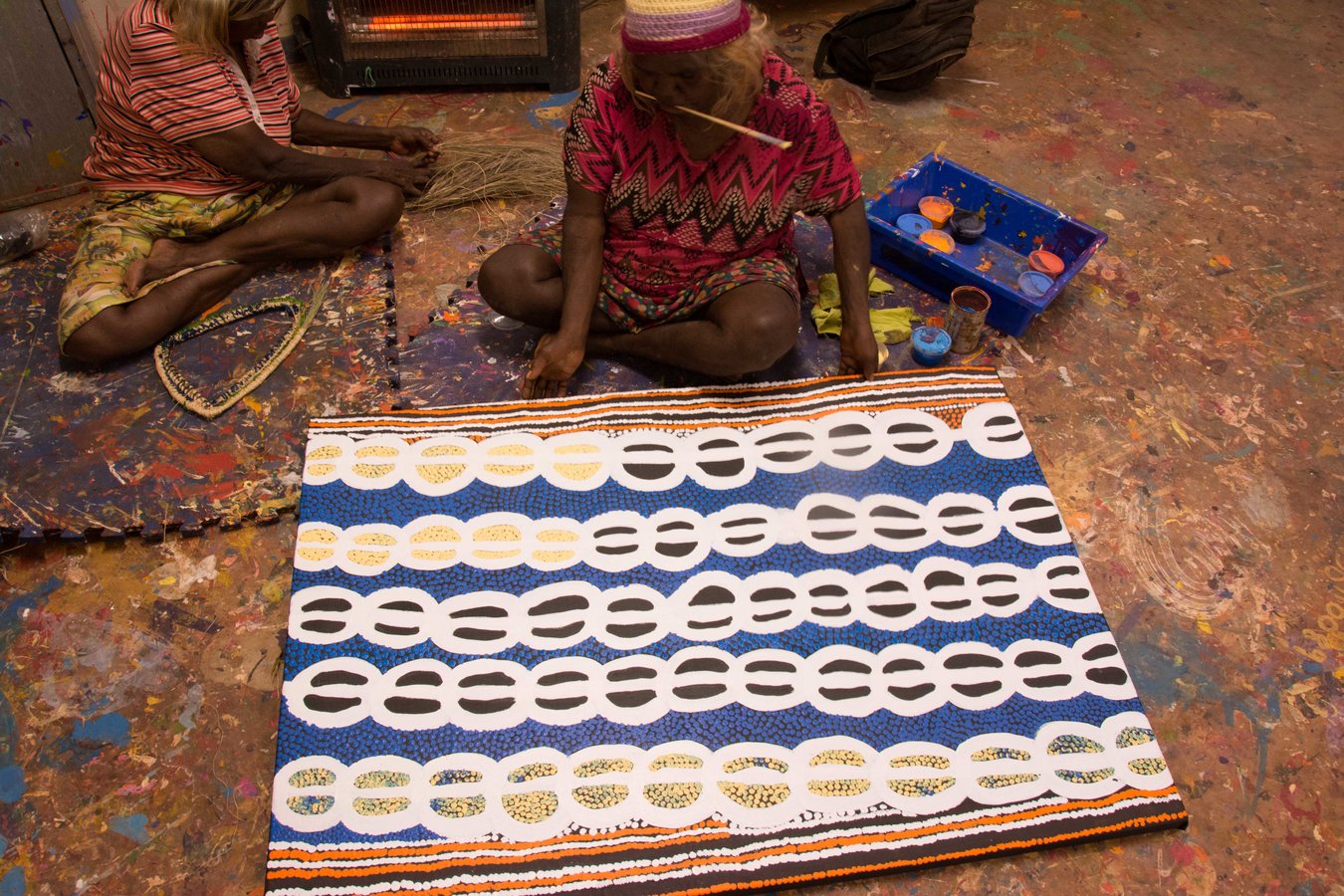
Angilyiya Mitchell painting at Papulankutja Artists, courtesy of Tim Pearn.
Papulankutja grew out of a women’s centre initiative, Tim tells us, where the manager used to encourage people to paint. There is also a long-running history in the Blackstone community, where Papulankutja Artists is located, in other artistic mediums such as Tjanpi (a basket weaving practice so called because it is performed with Tjanpi spinifex). In 2005, a group of artists from Blackstone, the Tjanpi Desert Weavers, won the Telstra National Aboriginal and Torres Strait Islander Art Award (NATSIAA) with their Tjanpi grass Toyota.
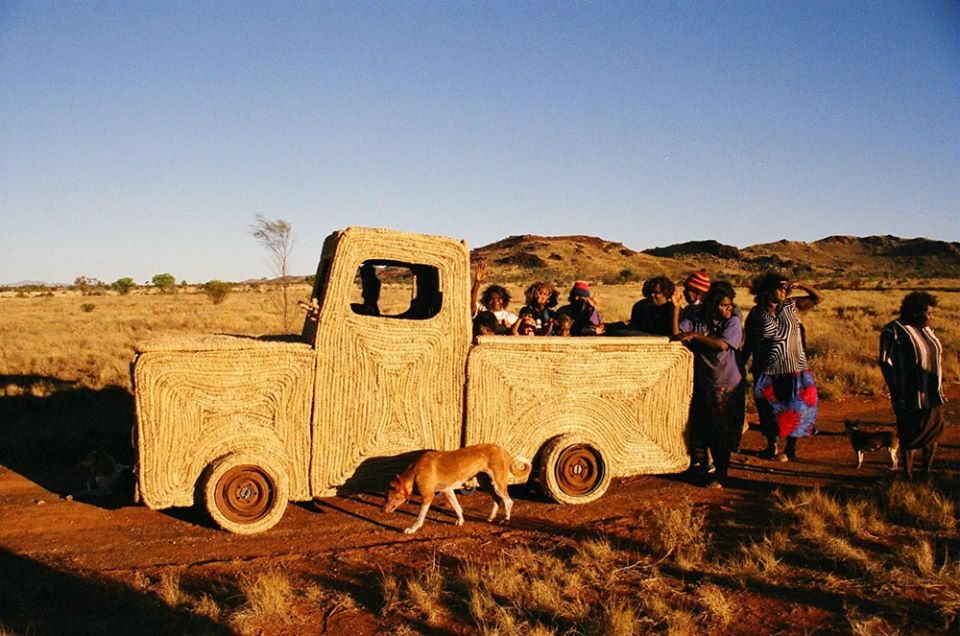
The woven Tjanpi Toyota that won the Telstra NAATSIA award in 2005 by the Tjanpi Desert Weavers. Source: Papulankutja Artists.
In 2006, Papulankutja joined forces with other art centres in the area to form the Western Desert Mob. Together, they were – and still are – a powerful force in promoting best practices of the Aboriginal art trade. Bluethumb are proud to be putting these practices into action as a member of the Indigenous Art Code.
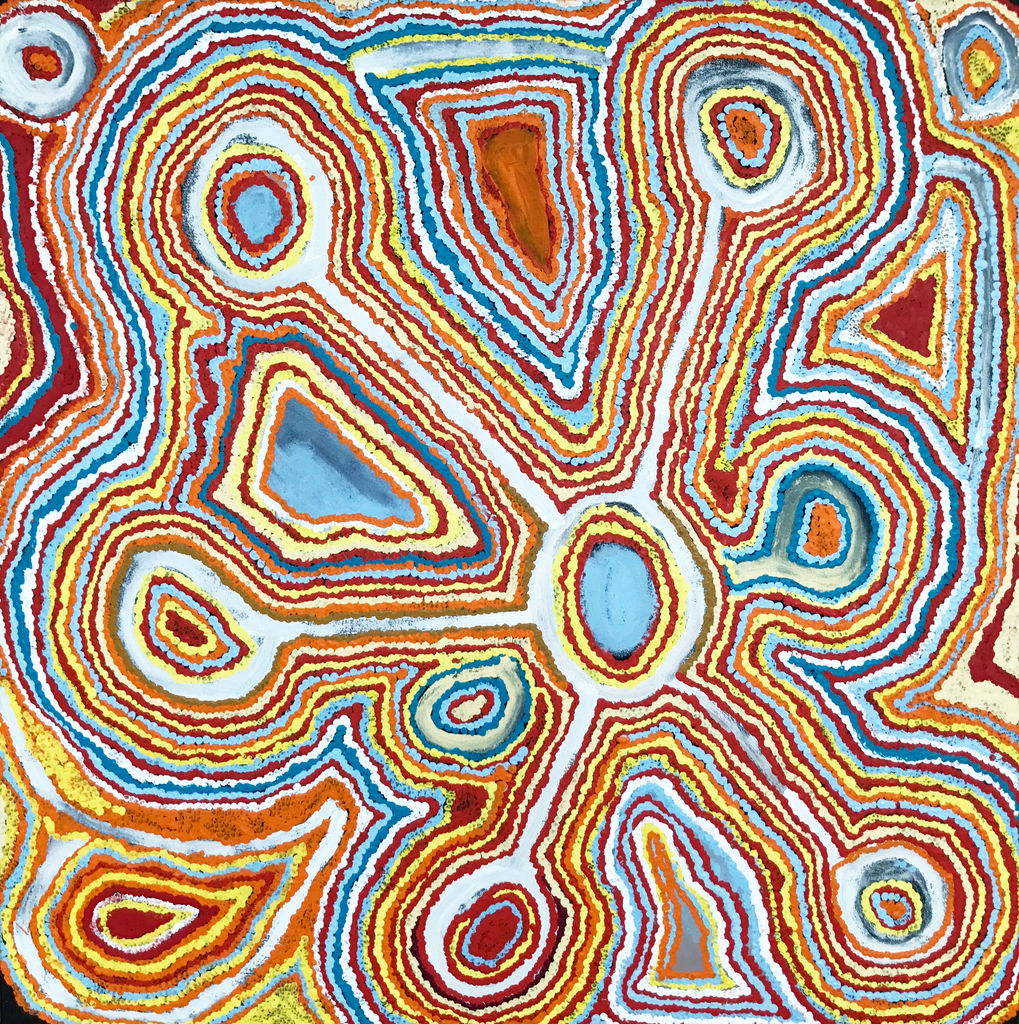
The artist of this piece, The Pukara Rock Hole, Jimmy Donegan, was another recipient of the NATSIAA award working through Papulankutja.
Buyer awareness is crucial to the remote communities in which the centres exist. According to Tim, art centres such as Papulankutja are one of the few ongoing sustainable enterprises in remote communities. They are Aboriginal owned and managed, and directly support artists and community in terms of both financial outcomes and cultural continuity.
Aside from providing art materials, a space for artists to work and marketing opportunities, Tim tells us that Papulankutja supports a wealth of other community services. “There are all sorts of unofficial social outcomes that happen here – it is a meeting place, it’s where health and community workers come to find people, it’s where aged care meals are provided for elderly artists and it also provides an opportunity for people to save money through their art centre accounts.”
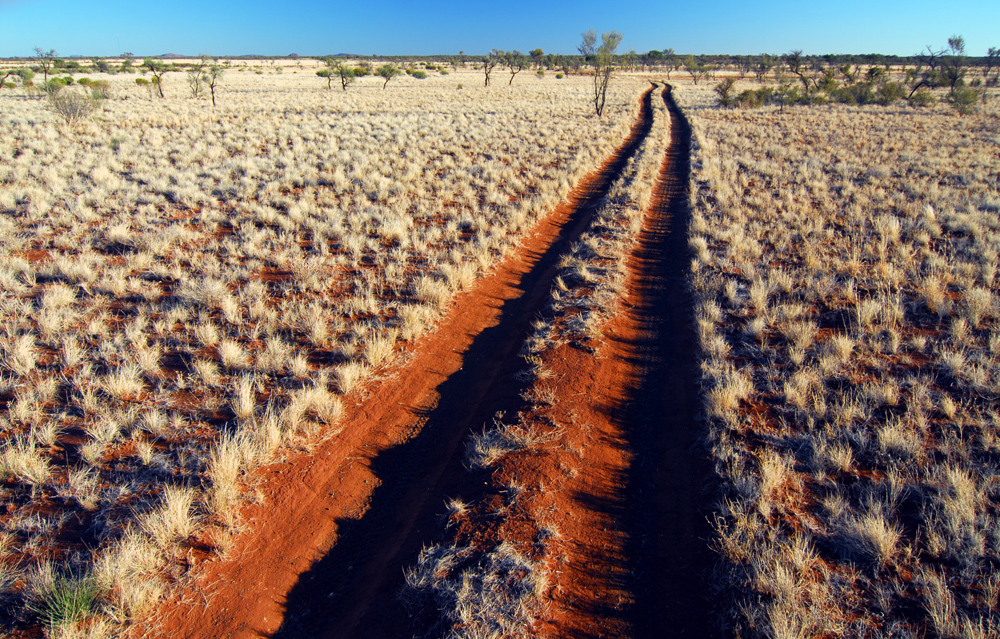
The back road into Blackstone. Source: Western Desert Mob.
In remote communities like Blackstone, the mail is delivered once a week by light aircraft and the closest regional centre is 9 hours away, so the art centre provides an important link to community services outside of the central community office. For communities in remote areas, even having things fixed can be a challenge; Tim notes that any sustained period of rain leads the the roads to be closed off to traffic.
“Of course,” Tim goes on, “It’s also a marvellous place. The Nganyatjarra Aboriginal people living here have got fantastic patience and humour – it’s a skill that comes from living remotely and dealing with the nature of the desert landscape. People need to be resourceful in all sorts of ways – changing tyres and fixing cars, for example, or in the past camping out pushing sand over a fire at night to create an electric blanket.”
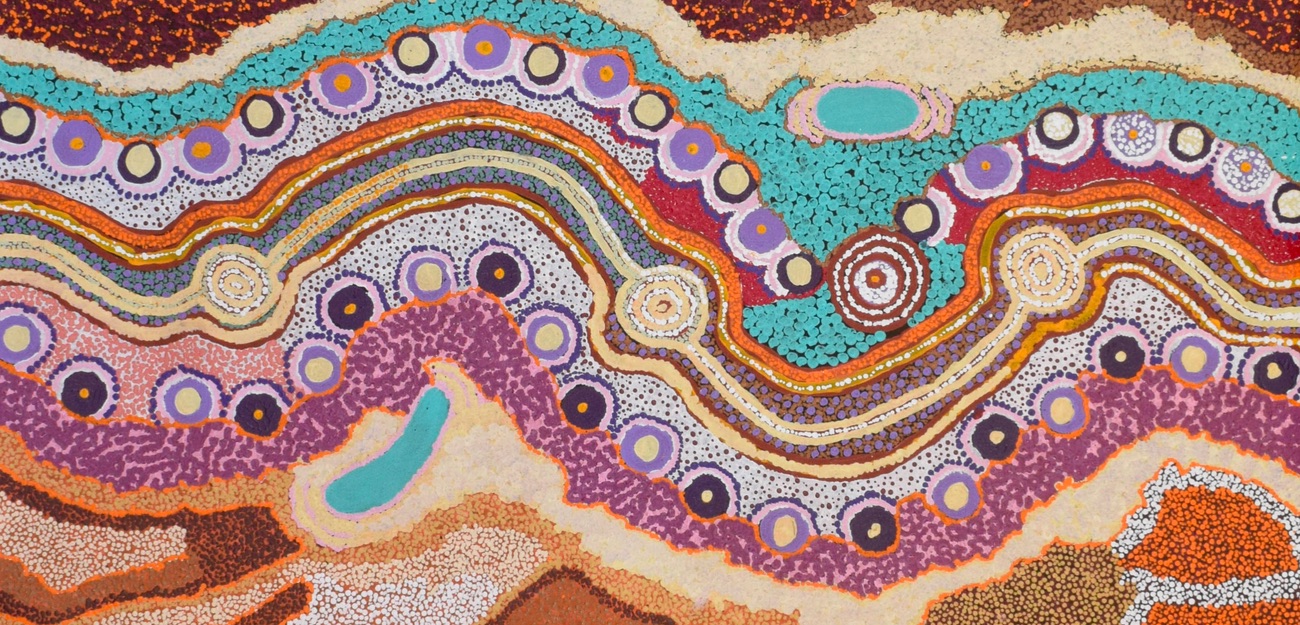
Parrupi Nganunrti Jurkurrpa by Maime Butler.
Finally, Tim tells us about the beautiful country at the heart of the community. “Blackstone Community is located just north of the majestic Blackstone Range. It is surrounded by sand dunes and spinifex that stretches away into the vastness of the desert. Anangu – the Ngaanyatjarra people who live here – have an unbroken relationship with their country, and for them it is home. It is a comforting place of familiarity and family, and it is full of stories of the tjukurrpa (dreamtime).”
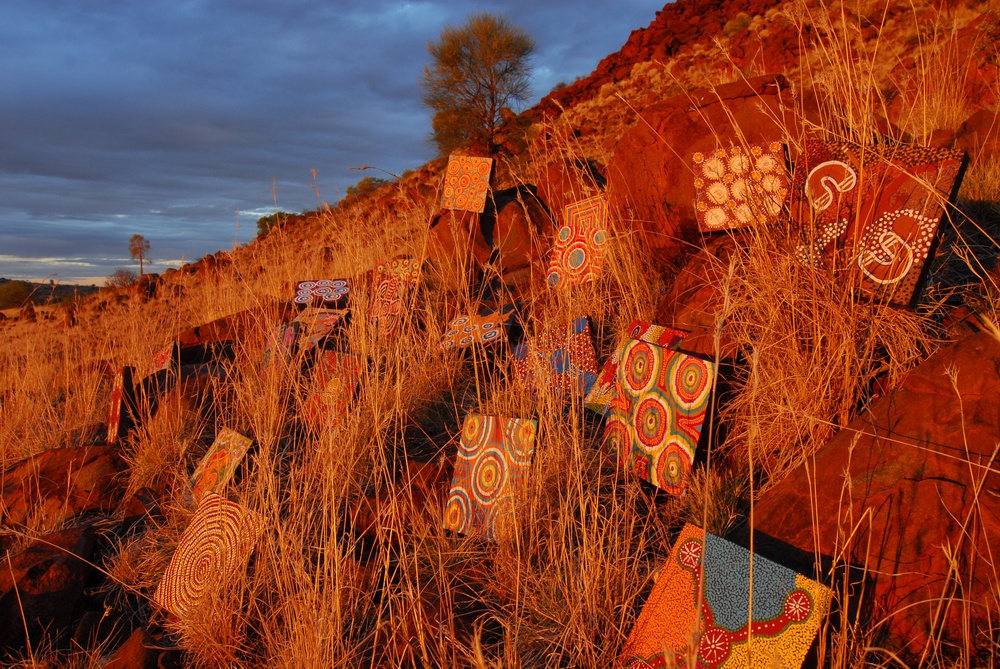
Some artwork from Papulankutja in the beautiful Blackstone landscape. Source: Western Desert Mob.
Discover all the artwork from Papulankutja Artists that is available on Bluethumb here.


